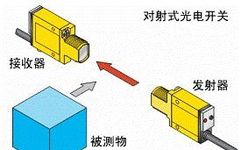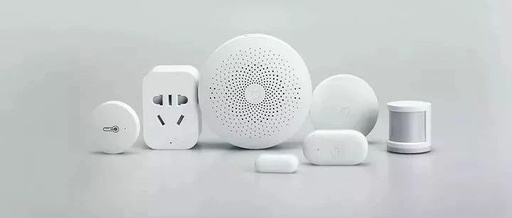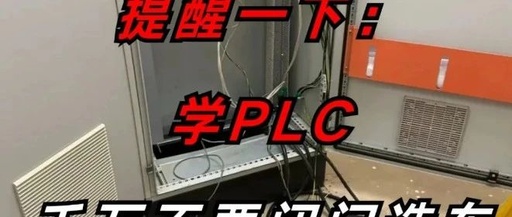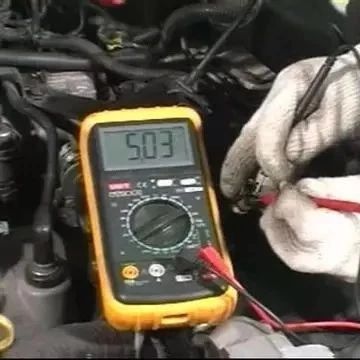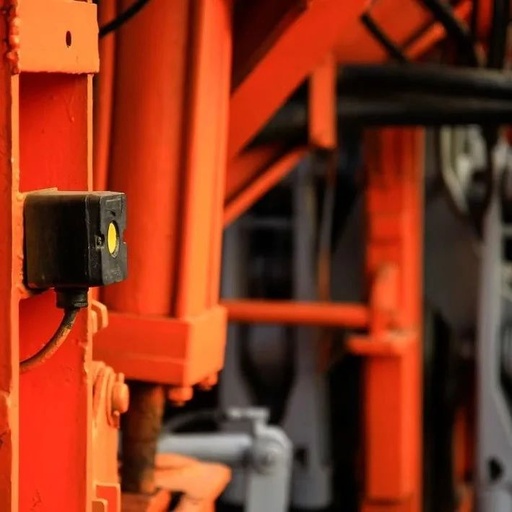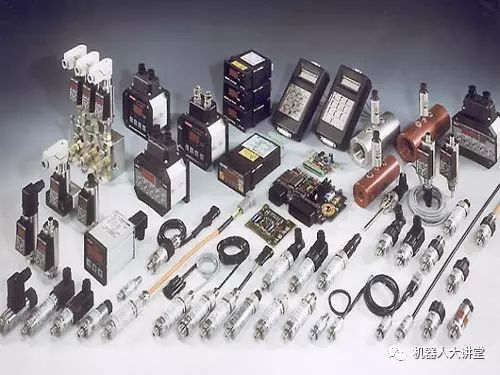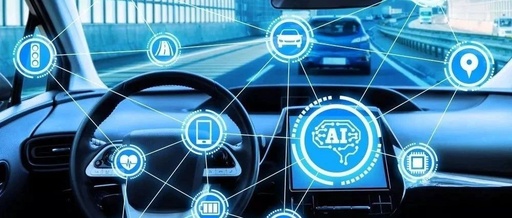Common Sensors Used in Vehicle Inspection Lines
Various sensors are frequently used in vehicle inspection lines. These sensors act as the “eyes,” “nose,” and “ears” of the vehicle detection system. Through the platform device and the sensors installed within it, the performance data of the vehicle can be converted into signals that the computer system can recognize, allowing for processing and calculation, … Read more
